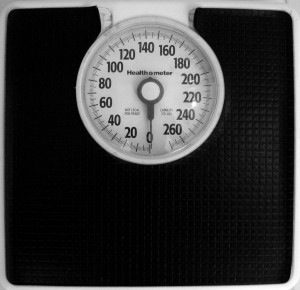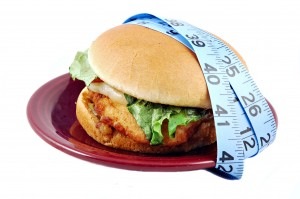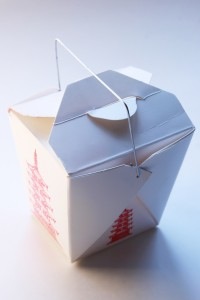What the heck is a calorie?
Technically, it’s the amount of energy required to raise the temperature of one gram of water by one degree Celsius (1.8 degrees Fahrenheit) at one atmosphere of pressure. (Aren’t you happy you now know that?) When we talk about the Calories in food we’re actually talking about kilocalories (1,000 calories = 1 kilocalorie). It gets kind of confusing because food labels and diet plans rely on the word calorie. Calorie with a capital C means kilocalories (sometimes you see kcal for kilocalories) but it frequently appears in the lower case form.
What’s The Purpose of Measuring Calories?
Humans get the energy necessary to survive from food — which powers us like gasoline for a car. Food is made up of different nutritional components, or building blocks, each with a different amount of energy. These components, sometimes called macronutrients, are carbohydrates, protein, and fat. A gram of carbohydrate contains 4 Calories, a gram of protein has 4 Calories, and a gram of fat has 9 Calories. (FYI, alcohol has 7 Calories per gram.) So if you know how much carbohydrate, fat, and protein is in a food, you can figure out how many Calories, or how much energy, is in it.
How Many Calories Are In A Pound?
There are 3500 Calories in a pound. If you take in 3,500 extra Calories your body stores it as a pound of fat – its way of saving energy for the next theoretical lurking famine. Your body needs a certain number of Calories to sustain itself — for the energy used for metabolism and physiological activity. If your body uses 3,500 calories more than you take in and use, you lose a pound.
Energy In And Energy Out
To keep in your body in balance and not lose or gain any weight, the magic formula is: energy in = energy out. If you take in (eat) the same number of calories that you burn (through activity and physiological processes) you maintain your weight. If you eat more than you burn you gain weight, if you eat less than you burn, you lose weight.
Does The Type Of Calorie Make Any Difference?
SocialDieter Tip: The short answer is NO. When Calories are used as an energy source, it doesn’t matter whether they come from carbs, protein, fat, or alcohol. When consumed they are converted to energy. If they’re not used for energy, they’re stored as fat. Understanding your body’s energy requirements can help you figure out your food choices. Your caloric needs are a product of your age, weight, gender, and amount of physical activity. (Any physical activity burns calories. The average person (155 pounds) burns about 100 to 105 calories for every 2000 steps.)



